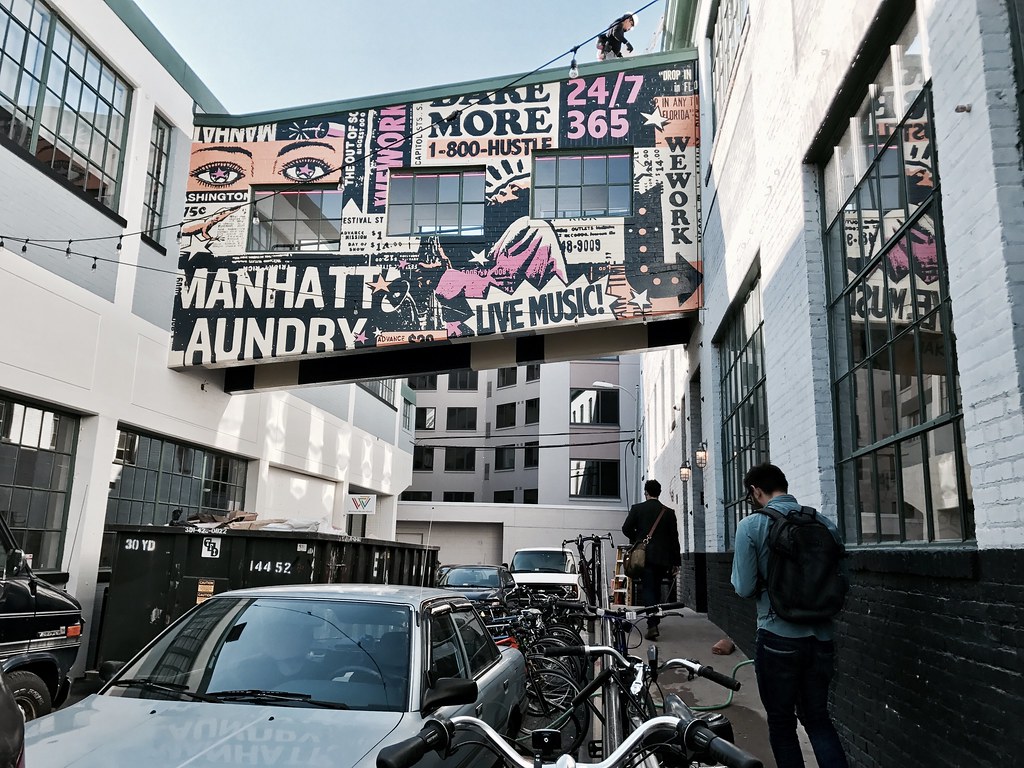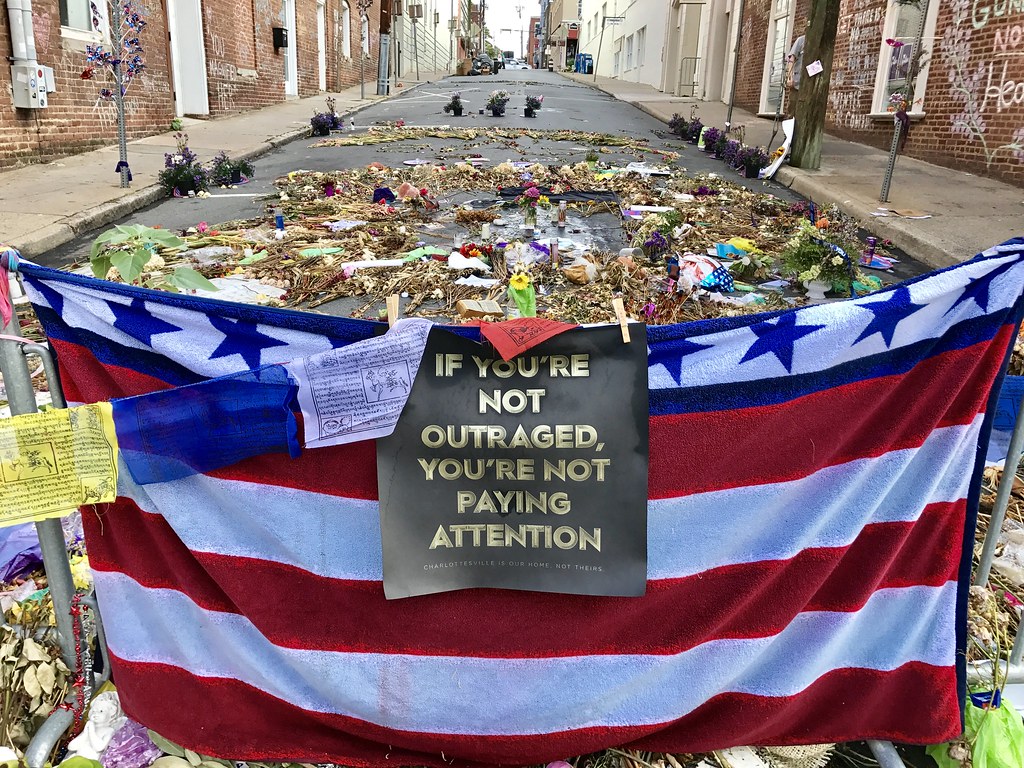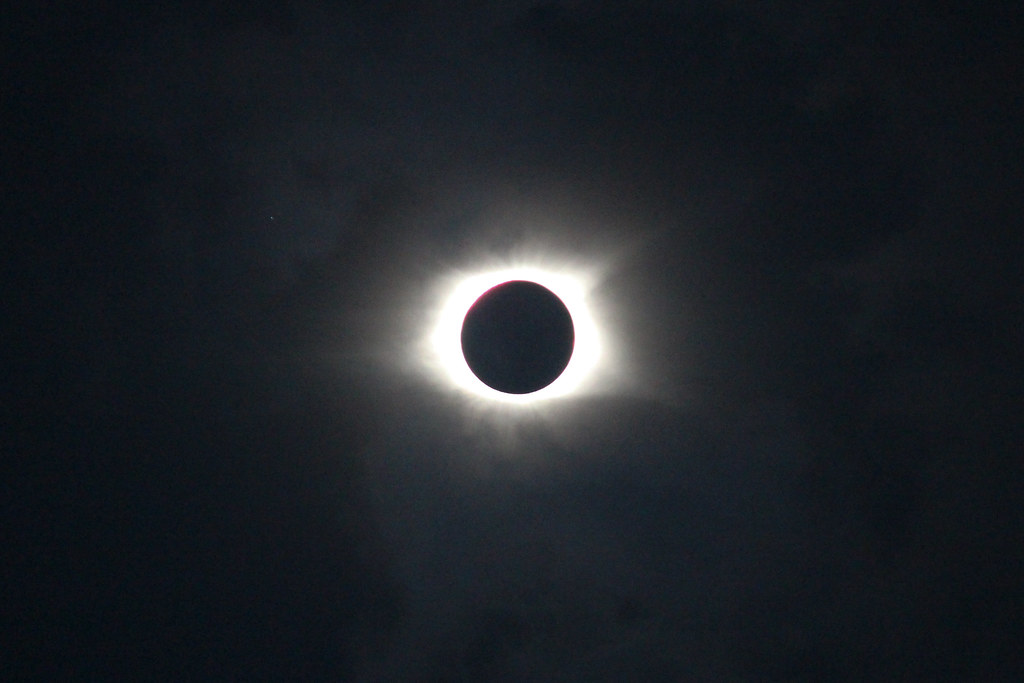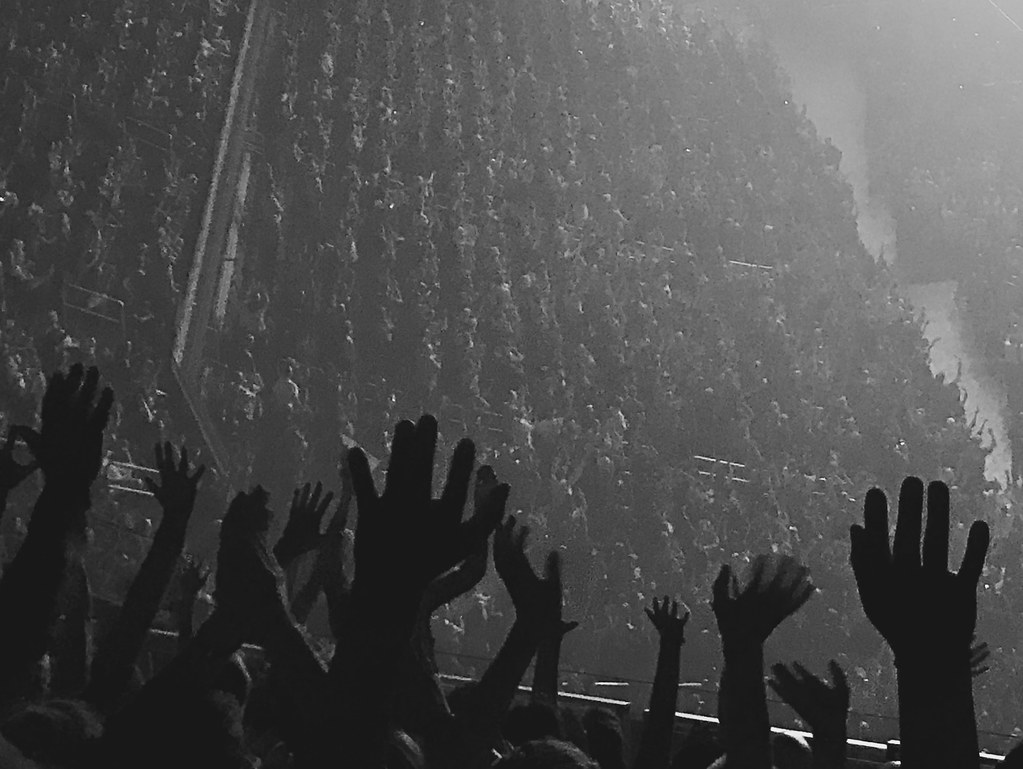
It felt like someone had hit me on the back of the leg with a baseball. One moment running on the soccer pitch, the next yelling in pain. I turned around to see where the baseball was – but there was nothing on the ground. Instead, just players staring at me in puzzlement.
My calf had exploded. That’s what it felt like. Limping off the field, I sat down and sipped water as friends came to check on me. “I don’t know, not so good, maybe need hospital,” Oleg the Russian said.
Instead, I consulted Dr. Google. He diagnosed a torn calf muscle, with varying and frightening levels of severity. Sitting on the sideline, I read about muscles torn and bunched, swelling and other symptoms. Did I hear a popping sound? I don’t think I did, just a sharp, sudden and arresting pain.
Nothing was bruised or red. The calf was tender and it hurt to walk. A friend asked if I wanted to go the emergency room.
I did not. I had my bike. If I get on it, I could bike home. Gingerly, I hopped on, put my Specialized Sirrus into its lowest gears and slowly pedaled home, my bike both transport and a rolling crutch when I got to the lobby of my building.
This is a recurring injury for me, though this was the most severe occurrence. Five years earlier, after similar pain, I went to an orthopedist. It was like a factory. Patients came in, they were diagnosed, sent for an MRI, given drugs and prescribed orthotics. No matter the kind of foot/calf pain, that’s what you got and a hefty bill was sent to Blue Cross.
Having been through that, I knew that there was no real treatment other than staying off it until it got better. So, I did, keeping my leg up and on ice all afternoon.

The next day, I wanted to go out for coffee. I’m a terrible invalid. I could accept not being to able to walk but if I couldn’t bike? Unthinkable.
I figured I could bike for coffee without walking more than a few steps. Using my bike again as a crutch, I made it to the elevator and out the front door of the building with just a little bit of pain. Then I hopped on the bike and rode to get coffee. Moving on two feet – painful. Moving on two wheels – painless.
I’m a huge fan of The Obstacle is the Way. Great book. I recognized this scenario. If walking is taken away from me, then what opportunity am I given? The opportunity to bike everywhere! Let my feet never touch the ground, but only be on pedals, as I make my way around the city.
So, it’s life on two wheels for me (not a problem!), as I minimize walking and maximizing biking. Today, I tried grocery shopping by bike, buying just enough food to fill my backpack, choosing items high in calorie count but low in size.
I’m fortunate to live in a city. If I was in the burbs, I would be trapped. In Washington, I can get everywhere I need to go by bike.
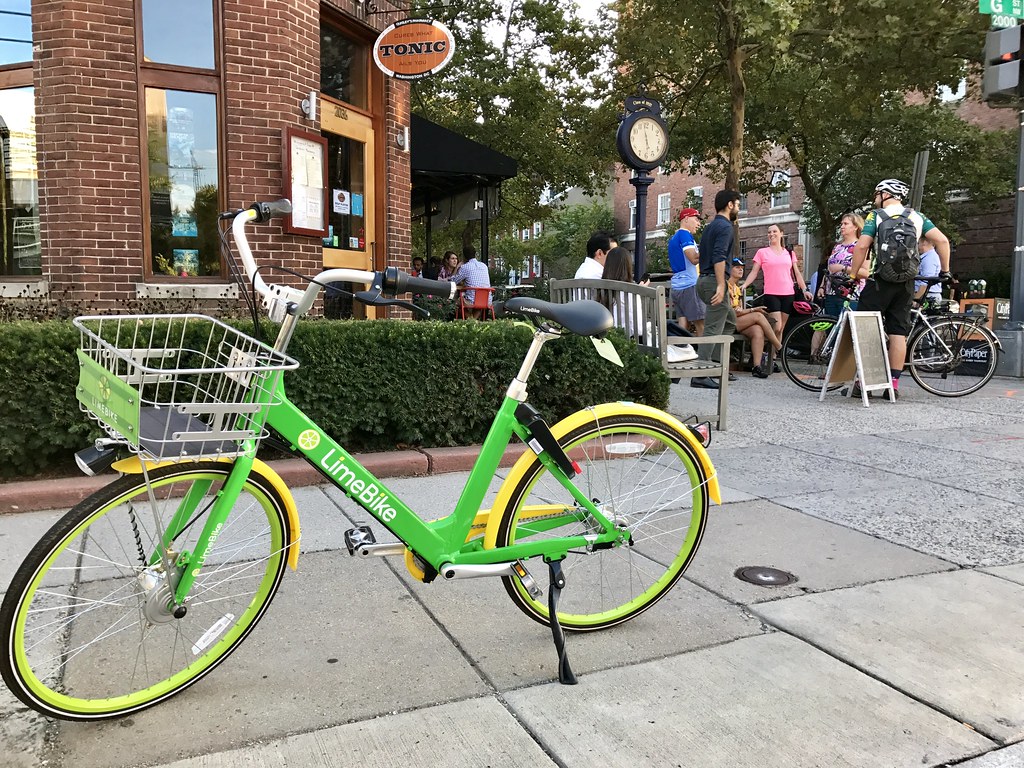
This week has also seen the launch for four (!) separate dockless bikesharing systems in DC. Dockless means you can leave the bikes anywhere you want. I tried one of them out – Lime. While the bike itself was unimpressive, the technology behind the service is interesting. You download an app, scan the barcode on the back of the bike, and the rear-wheel lock unlocks. When done, you just leave the bike wherever and snap the lock shut.
It’s an experiment. Will DC take to these new bikes or will they all end up in the river, like other cities? Time will tell.
Time is also what I need. There’s no real treatment for a pulled calf. It just takes some time to heal. In the meantime, I’ll be on two wheels.
